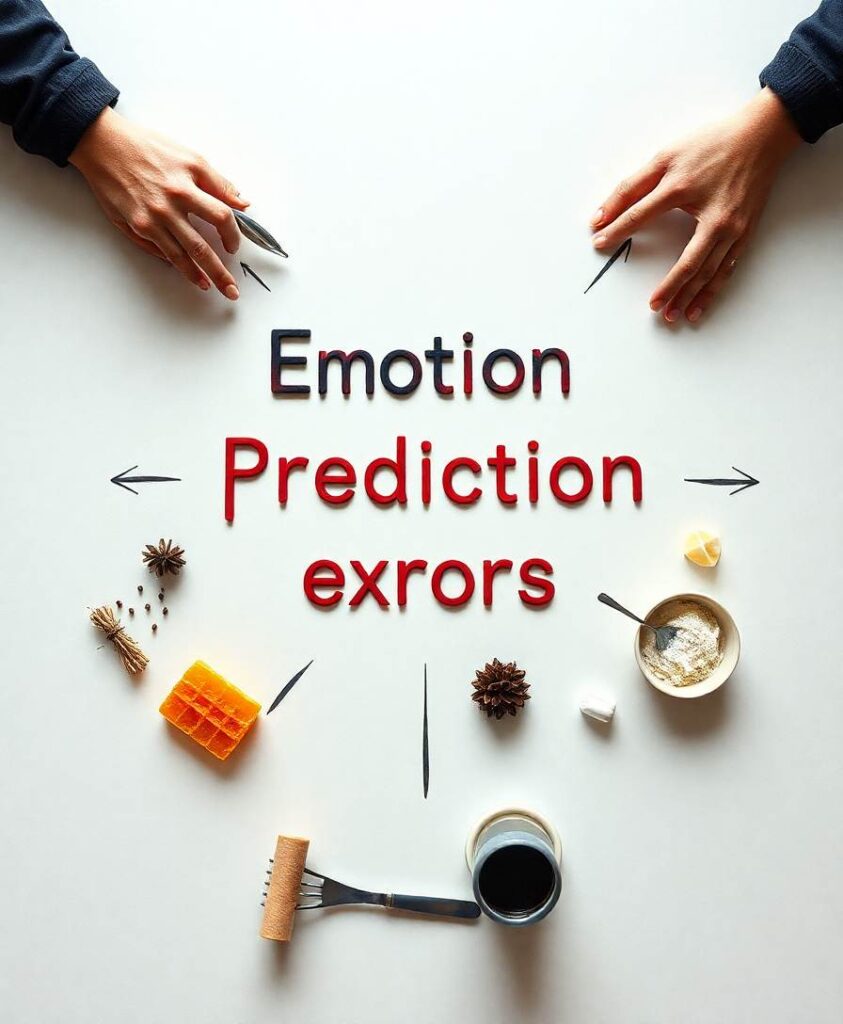BackgroundNeuron morphology analysis is an essential component of neuron cell-type definition. Morphology reconstruction represents a bottleneck in high-throughput morphology analysis workflow, and erroneous extra reconstruction owing to noise and entanglements in dense neuron regions restricts the usability of automated reconstruction results. We propose SNAP, a structure-based neuron morphology reconstruction pruning pipeline, to improve the usability of results by reducing erroneous extra reconstruction and splitting entangled neurons.MethodsFor the four different types of erroneous extra segments in reconstruction (caused by noise in the background, entanglement with dendrites of close-by neurons, entanglement with axons of other neurons, and entanglement within the same neuron), SNAP incorporates specific statistical structure information into rules for erroneous extra segment detection and achieves pruning and multiple dendrite splitting.ResultsExperimental results show that this pipeline accomplishes pruning with satisfactory precision and recall. It also demonstrates good multiple neuron-splitting performance. As an effective tool for post-processing reconstruction, SNAP can facilitate neuron morphology analysis.



